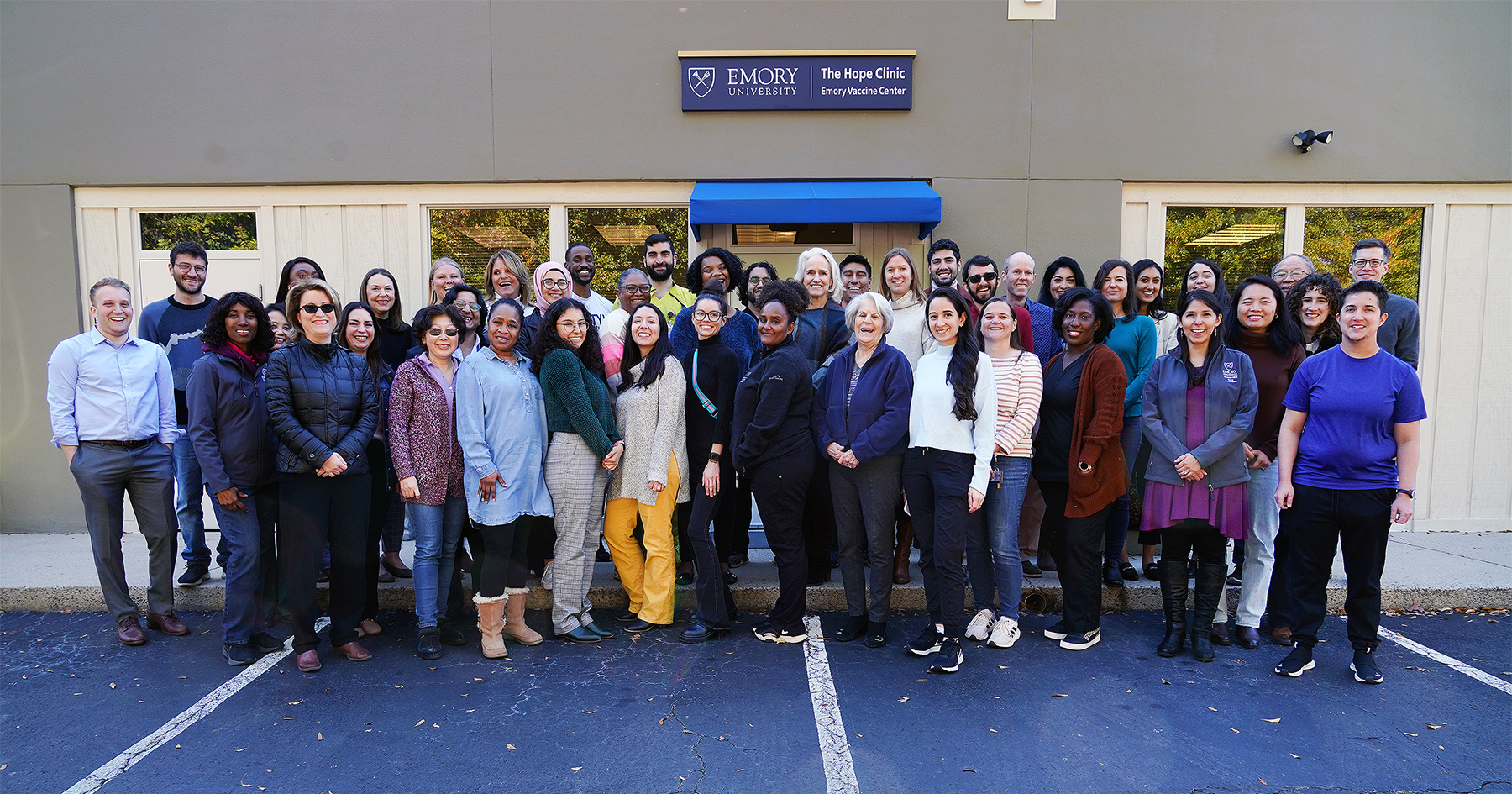Vaccine and Treatment Evaluation Unit
The Emory Vaccine and Treatment Evaluation Unit (Emory VTEU) was established in 2007 in Atlanta, Georgia. As one of 10 national sites funded by the National Institute of Allergy and Infectious Diseases (NIAID) and part of the Infectious Diseases Clinical Research Consortium (IDCRC), the Emory VTEU is at the forefront of evaluating new and improved vaccines and treatments for infectious diseases. We aim to transform scientific discoveries into real-world solutions that benefit individuals and communities around the globe.

Our research infrastructure supports a large portfolio of clinical and translational research that includes trials for vaccines, biologics, therapeutics, diagnostics and devices targeting a wide array of established and emerging infectious diseases. Our rapid response allows us to address the urgent health challenges of our time such as the COVID-19 pandemic, 2009 H1N1pdm Influenza A virus, Influenza H5N1, Influenza H7N9, biodefense (Anthrax, Tularemia, Smallpox), and re-emerging threats (Ebola, Zika, Chikungunya). The Emory VTEU includes two clinical research sites: the Hope Clinic of the Emory Vaccine Center and the Emory Children's Center Vaccine Research Clinic with a talented cadre of more than 15 scientists and clinician researchers and 100 staff. In addition, the Emory VTEU is dedicated to training and mentoring the next generation of researchers. The Emory VTEU is committed to the development of safe and effective vaccines and treatments by conducting rigorous research and collaborating with partners locally, regionally, nationally and internationally.
We cannot do it without YOU.
Clinical trials offer opportunities for individuals to contribute to advancing medical knowledge while potentially gaining access to cutting-edge interventions. By joining a trial, you become an essential part of the research process, helping us evaluate the safety and efficacy of new vaccines and treatments. Your participation can make a significant impact on public health.
Join us in our mission to combat infectious diseases, protect our communities, and build a healthier future for all.